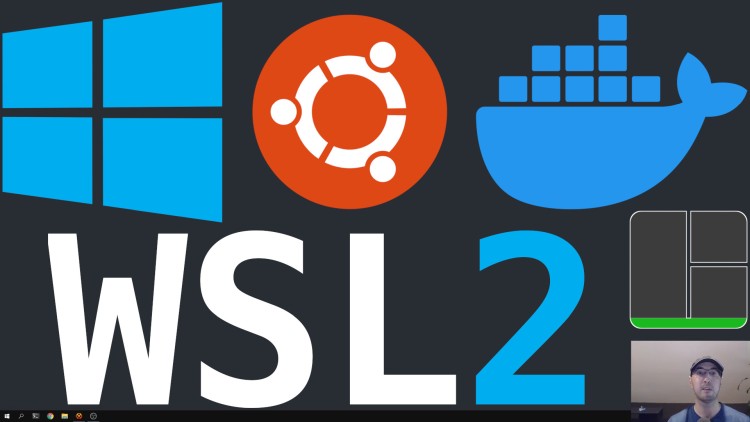It’s been a few years since I made this type of video. This is the latest set up I’m using.
We’re going to cover all the tools I use on both the Windows 10 side of things along with getting fully set up with WSL 2, including how to use it with Docker Desktop.
Everything listed below helps me in some way or another in my day to day as a developer and will work on any edition of Windows 10 that has at least the Spring 2020 update (including Home edition).
If you follow along with installing WSL 2 for the first time, one thing I left out in the video is to make sure [x] Virtual Machine Platform is checked. This comes up at 5:08 in the video.
Timestamps
- 1:45 – Using the PowerToys app launcher
- 3:22 – Using the new Microsoft Terminal
- 4:33 – Installing and getting set up with WSL 2 using Ubuntu 20.04 LTS
- 6:04 – Quick demo of using Docker Desktop with WSL 2
- 9:45 – Installing Docker Desktop and configuring it for WSL 2
- 11:28 – Viewing an updated list of all of the tools I use
- 12:17 – Managing virtual desktops with DexPot
- 14:24 – Using Ditto to access and search previous clipboard entries
- 16:12 – Using AutoHotkey (AHK) for key remapping, global hotkeys and more
- 18:25 – Configuring programs to start up when Windows boots up
- 19:06 – Using Sizer to quickly size and position windows
- 21:00 – Using Chrome, Google Hangouts, Zoom and the Momentum browser extension
- 21:37 – Using HexChat to chat on IRC
- 22:15 – Listening to music with foobar2000
- 22:49 – Using IrfanView for viewing, resizing and cropping images
- 23:28 – Using GnuCash for personal finance tracking and accounting
- 23:59 – TL;DR on the video tools that I use (OBS, Camtasia and DaVinci Resolve)
- 24:26 – Running in Production is a podcast where we talk about deploying web apps
- 24:42 – Installing all of the tools I use on the Linux side in WSL 2
- 25:14 – Configuring the .wslconfig file to avoid WSL 2 soaking up all of your memory
- 26:09 – You can replicate this set up by mostly copy / pasting these commands
- 26:27 – Using ASDF to manage versions for a few different programming languages
- 27:05 – Maybe using Ansible, the AWS CLI v2 and Terraform
- 27:36 – Using FZF to open files plus fuzzy search text in Vim and on the command line
- 28:36 – Clipboard sharing between WSL 2 and Windows with VcXsrv
- 30:19 – Using htop to monitor your system’s resource usage and get a list of processes
- 30:52 – Using the pass CLI tool to manage passwords and other sensitive data
- 31:52 – High level overview of how you could use my dotfiles
- 32:27 – Ensuring you have a few WSL specific lines in your bash, zsh, or fish config
- 33:36 – Final verdict? I’m really happy with this set up
#dev-environment #docker #linux #wsl 2

18.95 GEEK